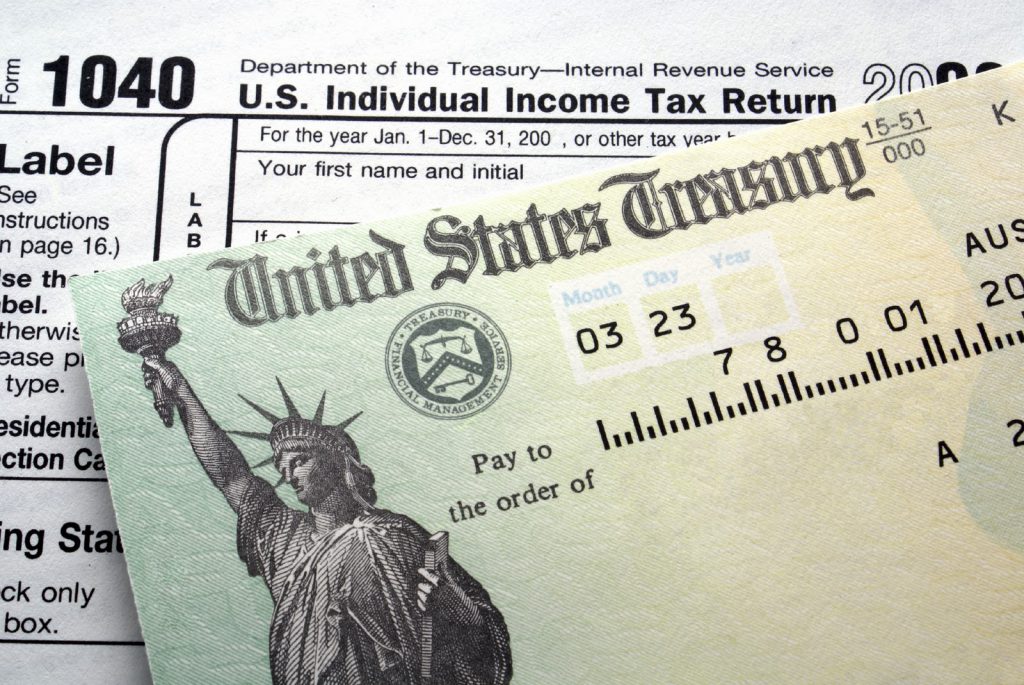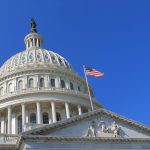
Published May 7, 2014
The most important, and uncertain, provision of Obamacare remains the individual mandate.
Obamacare’s authors believed it was crucial to the viability of the law to impose a new obligation on U.S. citizens and legal residents to enroll in government-approved health insurance. This new obligation was to be enforced by a penalty on the non-compliant, collected through the income tax.
In NFIB v. Sebelius, the Supreme Court, led by Chief Justice John Roberts, rejected this conception of the mandate. The court ruled that Congress did not have the authority to compel the purchase of government-approved health insurance under the Constitution’s commerce clause. However, the Court further ruled that Congress did have the authority to give citizens a choice between enrolling in health insurance or, alternatively, paying a tax, so long as the tax was not so high as to make insurance enrollment effectively compulsory. In other words, in the eyes of Chief Justice Roberts, the tax for going uninsured that was enacted in Obamacare is just another tax, and not a penalty for non-compliance with a federal law.
Much depends on whether or not the public comes to see the tax the same way Roberts does—as a legitimate and perfectly legal option in lieu of enrolling in government-sanctioned insurance. If so, then many millions of Americans may forgo insurance, at least temporarily, and pay the tax instead because the tax, in many cases, will be far less than the premiums they would owe for coverage. Under Obamacare’s rules, anyone who chooses not to enroll in health insurance can always sign up for coverage during the next open enrollment period, with no premium penalty.
The hope of Obamacare’s authors is that most Americans will come to see enrolling in health insurance as an obligation of citizenship, despite what the Supreme Court has said. Most citizens want to feel as if they are complying with the law, and so if the mandate comes to be viewed as establishing a new social norm, then it is possible that many millions of currently uninsured Americans will feel compelled to get coverage that they otherwise might have avoided.
A big unknown is what will happen with the tax in this first year of implementation when there is expected to be the largest number of Americans subject to the tax. The long-term perception of the mandate could be shaped by what happens in the coming months.
The Obama administration has stated that 8.1 million people have gotten health insurance through the federal and state exchanges. Actual enrollment is likely to be lower due to non-payment of premiums by some consumers. In any event, enrollment in the exchanges says little about the status of insurance coverage in the country. The net increase in insurance coverage under Obamacare requires examination of enrollment in employer plans, Medicaid, and the individual insurance plans offered outside the exchanges, in addition to enrollment in the exchanges.
At this point, all indications point to a still very large number of uninsured in 2014. According to the Congressional Budget Office, the number of uninsured Americans is expected to remain at about 42 million people in 2014, and that assumes continued robust enrollment in Medicaid throughout the year.
In a previous analysis, issued in 2012, CBO indicated that a large proportion of the uninsured would be exempt from the tax for various reasons. For instance, undocumented immigrants are not subject to the tax, nor are very low income households that generally do not pay income taxes anyway. CBO estimated that about two-thirds of the uninsured would fall into these exemption categories. In addition, CBO assumed that some Americans would file for exemptions due to religious and other reasons.
Taking all of this into account, CBO assumed that, in 2016 at least, about 20 percent, or 6 million people, would be subject to the tax.
In CBO’s projections, there are going to be 12 million more people uninsured in 2014 compared to 2016, which means there will also be many more people paying the uninsured tax. But how many? If the same percentage holds for 2014 as CBO estimates for 2016, then there would be a total of 8.4 million people subject to the tax for the 2014 enrollment year. By any measure, that is a sizeable number of taxpayers, and a lot of voters too.
But it is certainly possible that an even larger percentage of the uninsured would be subject to the tax in 2014 than in 2016 because the expected increase in enrollment in 2016 could come primarily from people with the ability to pay premiums and therefore not subject to the income exemption. Consequently, the number of uninsured subject to the tax in 2014 could quite easily be 10 or even 12 million people. The tax owed by these households when they file their taxes next spring will be the greater of $95 per adult (and $47.50 per child), or 1 percent of household income.
Over the coming months, awareness of this tax is likely to grow, and with growing awareness will come greater political turmoil. It is an open question whether the Obama administration and the law’s supporters in Congress will follow through and impose this new tax in the face of likely growing opposition.
The administration has already given itself a way out. Earlier this year, the Department of Health and Human Services (HHS) put on the healthcare.gov website a list of acceptable reasons for not getting insurance and therefore not paying the tax. Among the reasons are unexpected expenses caring for a family member or a death in the family. The last reason listed is an open-ended catch-all: “You experienced another hardship in obtaining health insurance.” Although this would seemingly provide an out for anyone who wants it, the administration has so far downplayed its significance and denied that it is a major loophole. Those seeking an exemption have to file a form with HHS.
The next several months are likely to be a crucial period for the individual mandate, and thus for the entirety of Obamacare. Supporters and opponents both agree that the law depends, in part, of the effectiveness of the mandate. Even if fully enforced, it may not be effective because the tax is low relative to health insurance premiums. But to be effective at all, it almost certainly has to be stringently enforced, especially initially.
At every juncture over the past year, when confronted with political blowback, the Obama administration has sought to defuse problems with work-arounds, many of which have dubious legal standing. It would therefore not be surprising to see a decision to provide a blanket exemption to all of the uninsured this year on the grounds that the process for signing up was so, well, challenging. That might help the president and his supporters politically in the short-term, but it will raise even more questions over whether the law is workable over the long term.
James C. Capretta is a senior fellow at the Ethics and Public Policy Center and a visiting fellow at the American Enterprise Institute.










